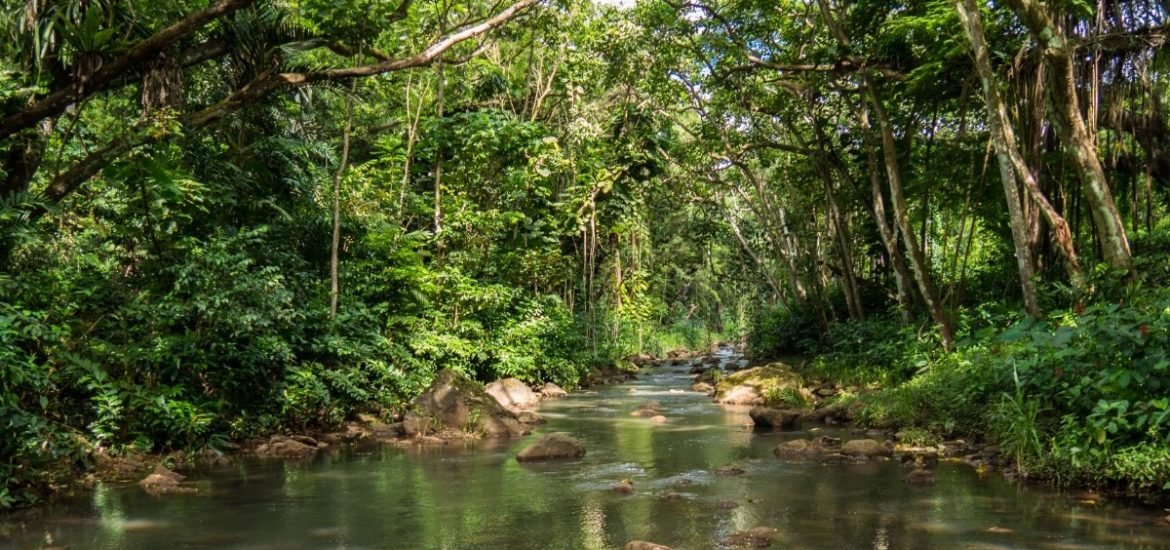
Every organism depends on microbes. And every microbiome — the communities of bacteria that exists inside all living organisms — is linked by a so-called “ecosystem microbiome” according to results of a huge survey presented at the annual meeting of the Ecological Society of America this month and reported in Science (1). In other words, individual microbiomes are, in fact, a subset of the microbial communities found in the wider environment.
The team of researchers analysed bacteria and other microbes throughout Oahu’s Waimea Valley in Hawaii, a 12-kilometre-long basin selected for its wide range of habitats including arid beaches and tropical rainforests.
The undertaking was a tour de force – two dozen researchers from the University of Hawaii (UH) in Honolulu conducted the massive survey. The scientists first collected microbes from plants, animals, soil, rocks, streams, and even the ocean. Then, they used advanced DNA sequencing techniques in order to match gathered DNA to a collection of known DNA sequences.
Importantly, we now know that microbiomes of plants, animals, and indeed any species, can interact and influence one another. But microbial ecologist Anthony Amend, one of the researchers involved in the survey says “the real surprise was the extent to which microbes are spread across hosts and habitats. We have been wearing blinders.”
Microbiomes seemed to be nested inside one another, starting at the lowest levels of the food chain. For instance, soil contained the largest range of microbes, plants and algae housed the next biggest, and plant-eating animals were host to a subset of these. Interestingly, the least diverse microbiomes were found in carnivores.
Some microbes were particularly widespread, such as several marine fungi found on both land and sea, which “suggests that they may have much more complex life cycles or natural histories than we have previously imagined”, Kabir Gabriel Peay, an ecologist at Stanford University in Palo Alto, California who was not involved in the study, told Science.
Researchers previously suspected that microbiomes are a product of the environment. However, this new work reveals just how connected the world really is – all the way down to the microbial scale. And “has the possibility of giving us a whole picture of how microbes move within and across environments,” says Peah.
This new information could help scientists decipher exactly how these interconnected m microbiomes assemble. And as Peah adds, understanding how microbiomes assemble could help efforts to restore ecosystems, improve agricultural sustainability, and manage diseases.
(1) Pennisi, E. No microbiome is an island, survey reveals. Science (2019). DOI: 10.1126/science.aaz2907